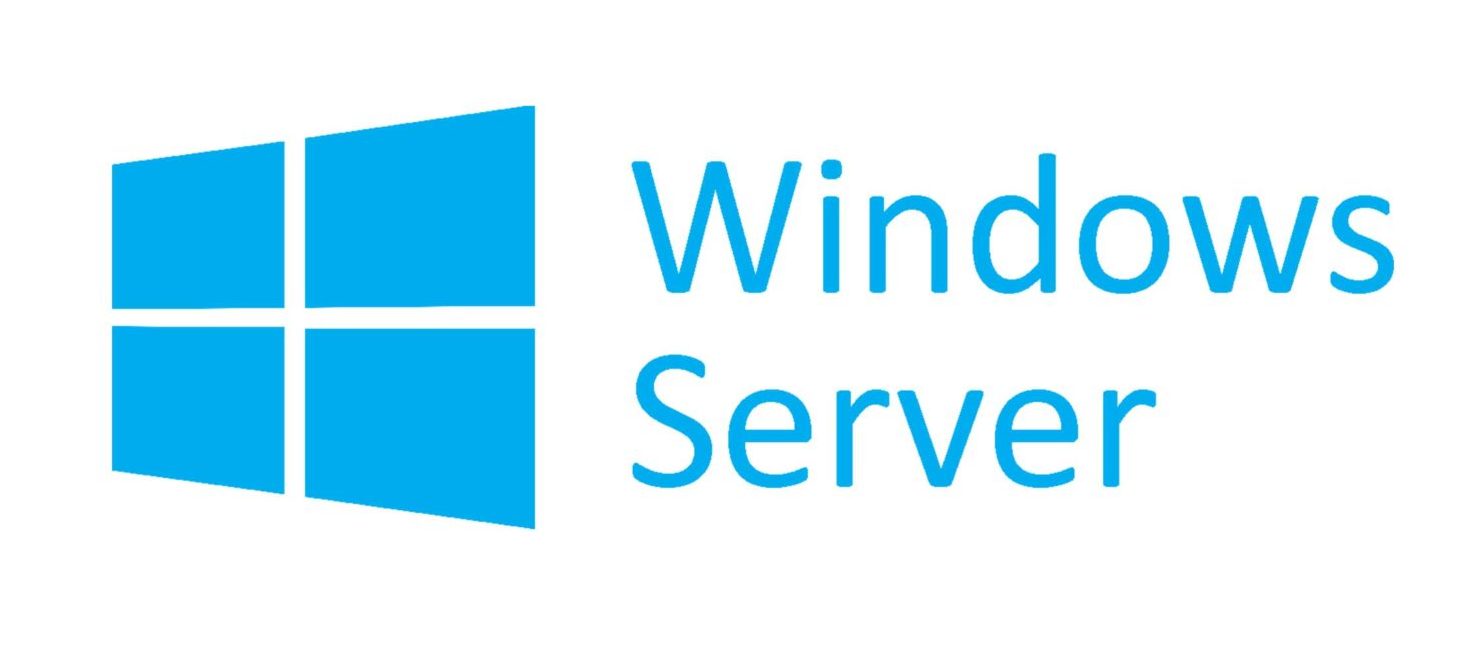Kerberos and LDAP are both Authentication protocols. Kerberos serves as an authentication and authorization protocol designed to enable secure communication over an untrusted network, such as the Internet, and guarantees mutual authentication between users (clients) and applications (services).
KDC ( Key Distribution Center) is a central component in the Kerberos authentication system. The KDC is responsible for issuing tickets to clients and services, which facilitates secure authentication and communication within a network environment. It typically consists of two main components:
- The Authentication Server (AS) is responsible for handling initial authentication requests from clients. When a client wants to authenticate to a service, it sends a request to the AS, which verifies the client’s identity and issues a Ticket Granting Ticket (TGT) if authentication is successful.
- Ticket Granting Server (TGS) is responsible for issuing service tickets to clients. Once a client has obtained a TGT from the AS, it can send a request to the TGS for a service ticket to access a specific service. The TGS verifies the client’s identity and the requested service, and if everything checks out, it issues a service ticket to the client.
LDAP (Lightweight Directory Access Protocol) is a protocol used for accessing and maintaining directory services over a network. Directory services store and organize information about users, devices, and other resources in a hierarchical structure. It provides a standardized way for clients to query, modify, and manage this directory information.
Difference are:
| Kerberos | LDAP(Lightweight Directory Access Protocol) | |
| Purpose | Primarily designed for authentication and secure communication within a network environment. It provides a mechanism for mutual authentication between clients and services. | Designed for directory services, primarily focused on organizing and accessing information within a directory, such as user accounts, groups, and other resources. |
| Authentication | Utilizes a ticket-based authentication system where clients and services obtain tickets from a trusted Key Distribution Center (KDC) to authenticate themselves. It offers strong authentication and supports single sign-on (SSO) capabilities. | Supports authentication through simple authentication methods, like username/password, but it’s not inherently a strong authentication mechanism like Kerberos. LDAP is typically used for querying directory information rather than performing user authentication. |
| Usage | Commonly used in environments where secure authentication and single sign-on capabilities are required, such as Windows domains integrated with Active Directory. | Widely used for managing directory information, such as user accounts, groups, and organizational units. LDAP is often employed in conjunction with directory services like Microsoft’s Active Directory or standalone LDAP servers like OpenLDAP. |
When integrating an application with Active Directory, it depends on what aspect of Active Directory you’re interacting with:
- For accessing directory information: You would typically use LDAP (Lightweight Directory Access Protocol). LDAP allows your application to query the Active Directory database for information about users, groups, organizational units, and other directory objects. This is useful for tasks such as user authentication, retrieving user attributes, checking group memberships, and managing access permissions.
- For authentication and single sign-on: You would use Kerberos authentication. Active Directory uses Kerberos as its primary authentication protocol. When users log in to your application, you can leverage Kerberos authentication to validate their identities against Active Directory without requiring them to enter their credentials again if they’ve already logged into the Windows domain.
In summary, for integrating an application with Active Directory:
- Use LDAP for accessing directory information (e.g., querying user details, and group memberships).
- Use Kerberos for authentication and single sign-on (SSO) capabilities, allowing users to authenticate against Active Directory seamlessly.
While both Kerberos and LDAP can be used for authentication, the choice between them depends on factors such as the specific requirements of the environment, the nature of the resources being accessed, and the level of authentication security needed.

